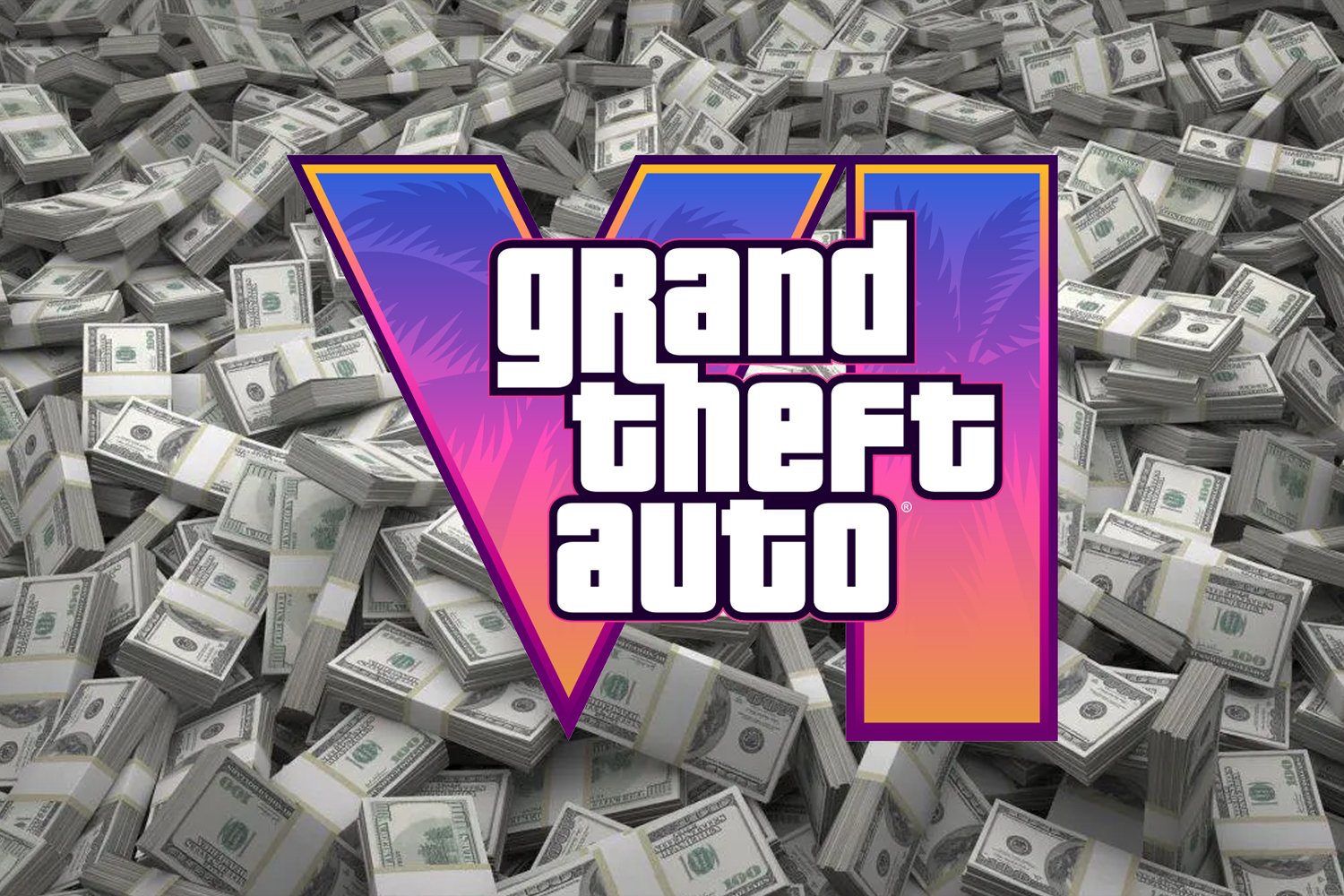Because, for decades, the origin of writing seemed quite clear: cuneiform. A writing system that is more than 3,000 years old that the ancient people of the Near East used to write down their languages.
And yes, it seems pretty clear that this is the oldest complete writing system we know of. However, it would be absurd to think that it came out of nowhere.
The problem is that every time we have tried to delve into the depths of protocuneiform. We knew that they were abstract symbols, which had emerged in the vicinity of the city of Uruk and little else.
Until now.
By surprise. This is how researchers from the University of Bologna discovered the similarities between this protocuneiform and the engravings of cylindrical seals from 4400 BC. Apparently, these cylinders were used to print motifs in soft clay (in processes related to primitive accounting) and, perhaps for this reason, no one had realized that many symbols coincided perfectly.
What’s more, as the researchers explain in the journal Antiquity, “the meaning originally associated with these (cylinder) designs was integrated into a writing system.”


Kathryn Kelley/University of Bologna
Why do we start writing? That, although it may not seem like it, is the big question behind all this. What the discovery of the Italian researchers implies is that writing is still an extension of accounting.
According to this work, seals became a very useful system for “tracking the production, storage and movement of all types of products” in a pre-literary society. The evolution of all this led to writing (as many experts sensed, but could not prove).
Now, for the first time, we have a clear line connecting us to the origin of writing.
And with the origin of language itself. Because, as Silvia Ferrara explained on CNN, “for a long time the question has been raised as to what social and technological conditions led to the conceptual and cognitive leaps that gave rise to written language.” It’s still early to know for sure, but “the important thing (about all this) is that (a small innovation) led to the writing true in a matter of a few centuries.”
Everything goes very fast and perhaps it always has.
Imagen | Gary Todd
In WorldOfSoftware | The evolution of the alphabet from its ancestral forms to the present day, in a graph





/cdn.vox-cdn.com/uploads/chorus_asset/file/25807435/popeye_1929_sailor.png)






